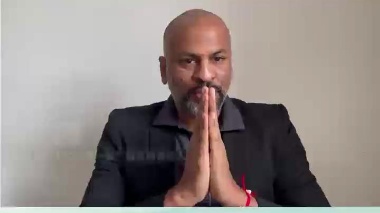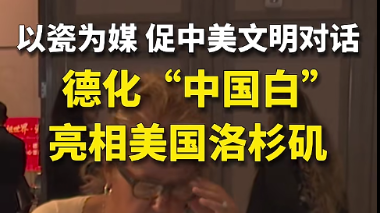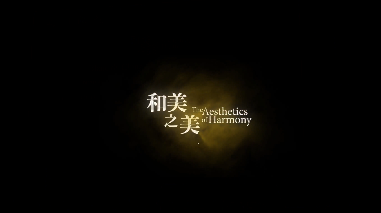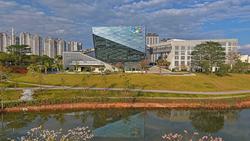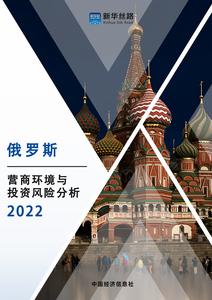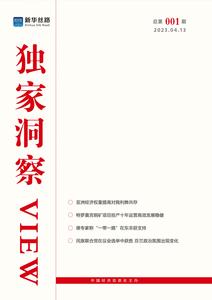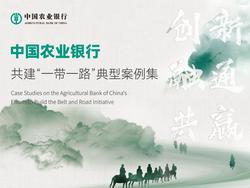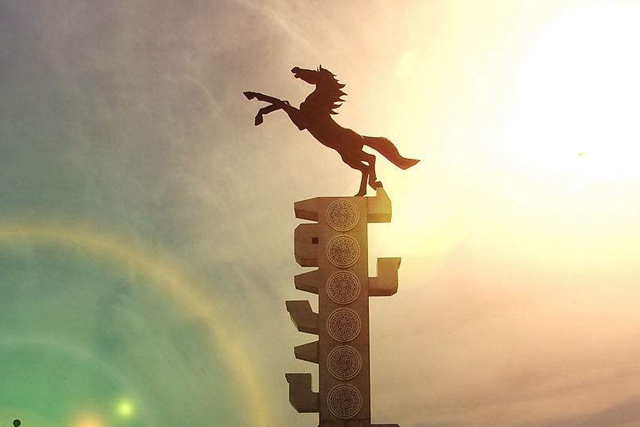
Etuokeqian County is located at the border of Mongolia and Shaanxi and features an integration of these cultures. For a long time, Etuokeqian people have been welcoming foreign cultures with open arms, exhibiting an open-minded and tolerant culture in embracing everything new.Similar to vast and dignified Etuokeqian grassland, Etuokeqian people are unprejudiced and forbearing. Tibetan Buddhism and other foreign cultures have mingled with the local culture in Etuokeqian and Mongolia, realizing a harmonious coexistence of diverse cultures. In 1936, the CCP set up a working committee in Sanduandi, Etuokeqian County, and established a national anti-Japanese united front on “Declaration on Inner Mongolia” by Comrade Mao Zedong, thereby opening one of the first revolutionary bases in Inner Mongolia. Under the CCP’s leadership, Etuokeqian people began to pursue an advanced culture represented by Marxism and put their confidence in the revolutionary road.
On June 12, 2015, a holy torch for national unity re-lit in the red revolutionary base. A torch-fire collection ceremony was held for the 10th Traditional Ethnic Minority Sports in old Yan’an Institute of Nationalities in Chengchuan Town, Etuokeqian.
Yan’an Institute of Nationalities was founded at Dabian Ditch in 1941. Since its establishment, it has been closely linked with the development of the party’s national policies. It shoulders its historical missions of cultivating ethnic minority cadres and studying the formulation and implementation of national policies. In 1945, with Ordos’s increasing involvement in anti-Japanese wars, Workers Union of the CCP was re-established in Chenchuan, Etuokeqian. At the same time, Yan’an Institute of Nationalities was moved to Chengchuan and re-named as Chengchuan Institute of Nationalities. Since then, Etuokeqian County has become an important starting point for party’s national work.
A memorial now stands at the old site of Yan’an Institute of Nationalities. Relying on such memorials and other red educational resources, Chengchuan Ethnic Cadre College was thus built. The institute is not far from the Catholic Church in Chengchuan. This development reflects the party’s respect for religious freedom and tolerant cultural temperament.
After the liberation, the revolutionary struggle took the path of economic construction. Thanks to the party’s ethnic policy, advanced red culture and regional Etuokeqian culture continued to integrate. Etuokeqian people’s values started developing with social and historical development. Ordos connects with Shaanxi and Ningxia. Etuokeqian people are more open-minded and actively integrate with the Silk Road Economic Zone, Hu-Bao Economic Zone and Energy & Chemical “Golden Triangle” in Mongolia, Shaanxi and Ningxia. The city plans to carry out reforms to realize economic and civic development.
Now, under the party’s leadership, specific industries have begun to take shape and the people’s lives have started improving in the old revolutionary base of Sanduandi. Party Union’s branch has been appraised as an Advanced Grass-Root Party Organization in the autonomous region. At the same time, Sanduandi agricultural and livestock trading market has become a well-known trading center in the neighboring provinces and autonomous regions. Since it was named as a fixed-point animal products market by the Ministry of Agriculture, its annual turnover has exceeded one million units, with transaction volume amounting more than RMB 800 million. “Sanduandi Local Chicken”, “Chengchuan Chili” and other green organic agricultural products generate substantial revenue for the peasants and herdsmen each year. The statistics shows that per capita disposable income of peasants and herdsmen in Etuokeqian gets the first place in Ordosin 12 consecutive years.
Urban and rural demonstration areas have been constructed in Etuokeqian. In the rural pastoral project of “Inner Mongolia ten full coverage”, newly villas were built for the herdsmen. On Harigentuzhacha Prairie in Angsu Town, these villas are thus particularly conspicuous. These developments are aimed at building new homes for the herdsmen. In 2016, more than 75% of Etuokeqian’s public expenditure was used for developing locals’ livelihood.
Moreover, Shanghaimiao Energy-Chemical Industry Base in Etuokeqian has been the center of attention for the autonomous region and the State. Shanghaimiao-to-Shandong UHV Power Transmission Channel has been listed as one of large-scale projects supporting National Action Plan for Controlling Atmospheric Pollution. At the same time, a national-level clean energy output base and a modern coal-chemical production demonstration base are being developed on the Etuoke grassland. While promoting industrial and economic development, Etuokeqianqi is shaping itself into a “cultural grassland” brand on the basis of its unique cultural characteristics. It uses Ordos Landscape Route as its axis connecting tourism markets in Shanxi and Shaanxi. It is shaping as a unique cultural tourism destination by virtue of its linkage with Shanghaimiao Prairie, Dashatou Ecological & Cultural Tourism Area, Ordos Cultural Tourism Village, Aozhen National Cultural Industrial Park, Dawang Bay Water Conservancy Scenic Area and other important tourism nodes. The development of tourism and other industrial projects have enabled the herdsmen in this great prairie see emerging business opportunities.
Narengaowa, a herdsman in Bayinwusugacha, built a Herdsman Home Fun, developed a national catering service and started a rice-processing plant. She now earns more than RMB 200,000 a year. “I did my jobs with my temper, but we have to unite together, as a single cannot do it well!” Narengaowa’s experience embodies Etuokeqian people’s unity and pragmatism.
Today, with their open-mind and tolerant culture, Etuokeqian people are becoming more progressive, politically aware, honest and friendly. They are building a civilization in these vast grasslands, flamboyantly exhibiting their deep cultural roots.
Mongolian Newspaper, the first party paper in this ethnic area and predecessor of Ordos Daily, was launched in 1936 in Dingbian, Shaanxi in association with their Etuokeqian neighbors. During our visit, we saw a newspaper article in Harigentugacha, Angsu Town, Etuokeqian County. Mengke, Chief Editor and a herdsman party member, had written it in praise of hard work required for achieving prosperity. This village newspaper has a limited scope but it aptly represents the indigenous cultural passion and underlying spirit of the Etuokeqian people.
